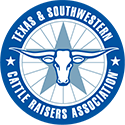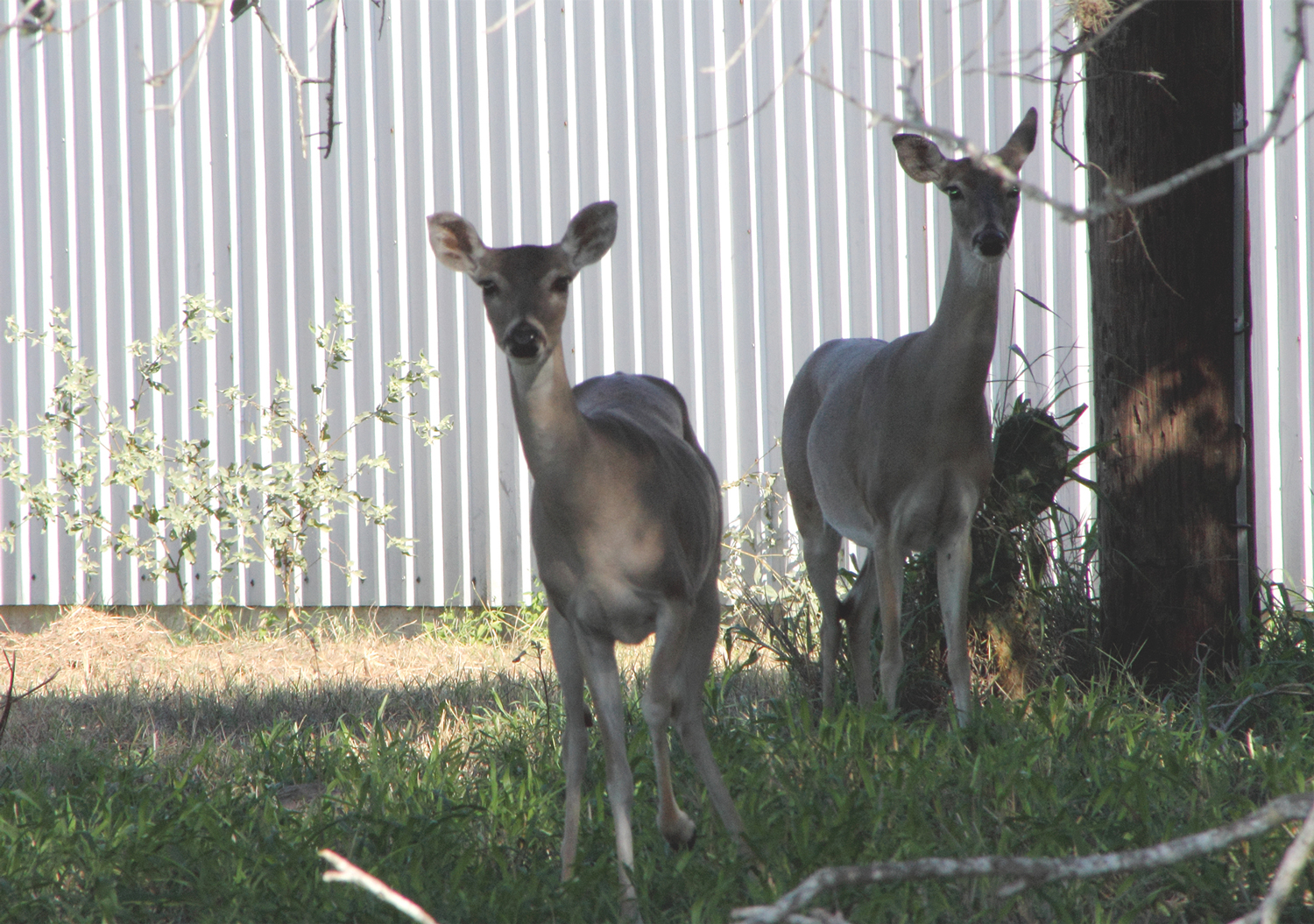Ask a Banker | The Wild(life) Side of Agricultural Lending
Considering a loan to help expand your wildlife operation? Here are 4 things you need to know.
By Katrina Huffstutler
Wildlife enterprises have become an increasingly popular complement for cattle operations. In addition, as landowners look to expand those endeavors, they often turn to their bank for a loan. Thanks to his location, TSCRA Director John Zacek, who also serves as Prosperity Bank’s area chairman for South Texas, has vast experience in this area. We asked him what he wishes more borrowers knew.
1. Bankers see the value in wildlife operations.
“Wildlife enterprises have become a viable agricultural enterprise,” Zacek says. “They often provide additional sources of cash flow and can additionally provide an increased rate of return on their investment. Wildlife operations are also in high demand for recreation; therefore, they often command a premium price for the recreational experience.”
He says in some cases, particularly in the more arid parts of South Texas, hunting leases bring in more per acre than grazing leases.
2. They view them on a case-by-case basis.
Just like with cattle operations, each wildlife enterprise is different.
“Generally, it comes down to what the cashflow source is,” Zacek says. “Is it coming from the wildlife enterprise, or from discretionary income?”
If a landowner comes in looking for a loan to improve their deer herd’s genetics or quail habitat or general infrastructure, Zacek says he will want to know what kind of business they are operating.
“We will generally shy away from a small place that touts itself as a hunting operation but when analyzed, the real value is in the entertainment aspects, such as lodging, food and ambience. In other words, is someone going there to stay in a million-dollar lodge and buy the services that go along with that, or is it really about the wildlife and hunting?” Zacek says.
Another example: If the price tag is big but the operation is small and confined, Zacek is less likely to want to finance it.
“Those are the kinds of places that will be hit the hardest during tough economic times and often times the business plan does not have sufficient cash flows to survive,” he says. “You have to remember that during those times we all have to hunker down. Recreational spending — especially when it’s high-end — is going to be one of the first things to go.”
3. Focused on genetics? Your banker will need details.
A business model based on selling wildlife genetics — for example, trophy deer genetics — would be examined very closely, Zacek says. That’s because these operations do not necessarily capitalize on the recreational premiums, but instead focus on selling breeding stock. That’s a much more specialized and much narrower market.
He says he will want to know the following: Are they a startup? Are they new to the industry? Or do they have an established clientele and lots of repeat customers?
He also looks at how they are conditioning their deer.
“When they open the gate and turn them out in the wild, will these animals be prepared?” Zacek asks. “Because if every bite of food they’ve ever had has come out of a feeder, the chance of survival is not very good.”
He says that while it may sound like common sense, most would be surprised at how little thought goes into some business plans.
“The new guys don’t necessarily think all that through,” he says. “I want to look and see if they are building their confined operations in brush settings or if it’s going to be totally different than what the deer will experience in the wild.”
He says that at the end of the day, it’s no different than a cattle seedstock operation.
“Sure, you handle the animals differently and need different facilities, but it all boils down to the cost versus the return,” Zacek says. “And then, how long is it before the business model matures? What variables could have changed by the time their business model reaches its mature phase?”
He offers this example: If a landowner built their model based on 4 percent money, how is it going to work in 12 to 24 months when the interest rate is 6 percent. Was this type of “what if” — or as the bankers call it, “shock analysis” — performed? What other economic factors might the borrower need to consider in their shock analysis? Perhaps death loss, feed cost escalation — and what about theft or outlaw hunters? What does the business model look like under these conditions?
“Or even better,” he says, “how might the borrower manage or mitigate these risk factors?”
4. Consider a conservation easement.
Zacek says properly managed wildlife operations integrated into traditional ag operations are an example of good land stewardship that utilizes our natural resources. As such, they can also take advantage of conservation easements and their funding sources, with the ultimate goal of preserving and protecting our state’s rural properties.
As a member of the Texas Farm and Ranch Lands Conservation Council, Zacek knows.
“When we review applications for conservation easements throughout the State of Texas that focus on wildlife habitat, it is one of the things we score fairly high,” he says. In addition, he says conservation easements are often overlooked as a funding source for wildlife improvements, either in place of a bank loan or possibly as equity for a bank loan.
“When the differential between fair market value and the agricultural use value of a property is acquired through a conservation easement, that’s a lot of value you can pass on to the owners of the property,” Zacek says. “Sometimes generational heirs are the owners and wish to extract or cash out this equity.”
He says those funds could come in handy, particularly if the cash is needed to pay inheritance taxes or to relieve some other debt or tax burden — or possibly if one family member wants to buy out another.
“A landowner could also use those same dollars to reinvest in upgrading wildlife operations because, again, wildlife systems are viewed as a complement to the mission and goal of conservation easements,” Zacek says. “Those dollars are being used in all of these examples as a way to help minimize rural property fragmentation and to preserve our natural resources.” ❚
“The Wild(life) Side of Agricultural Lending” is excerpted from the September 2017 issue of The Cattleman magazine.

